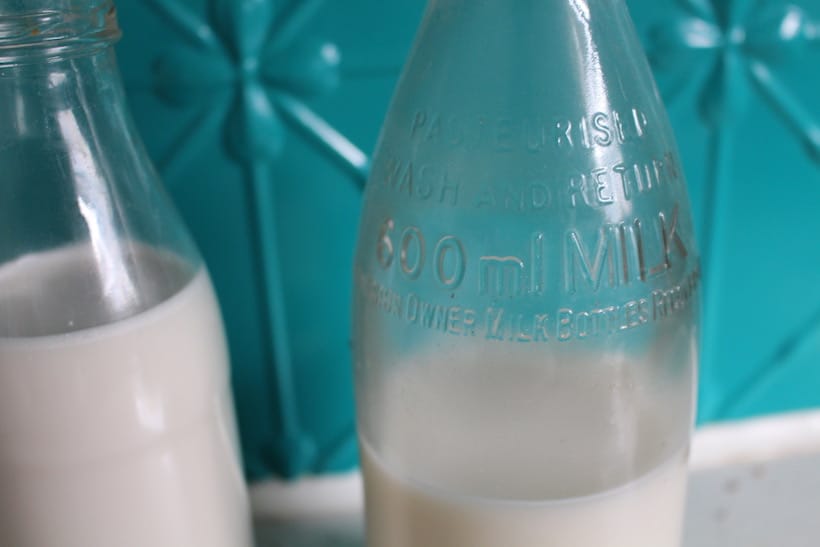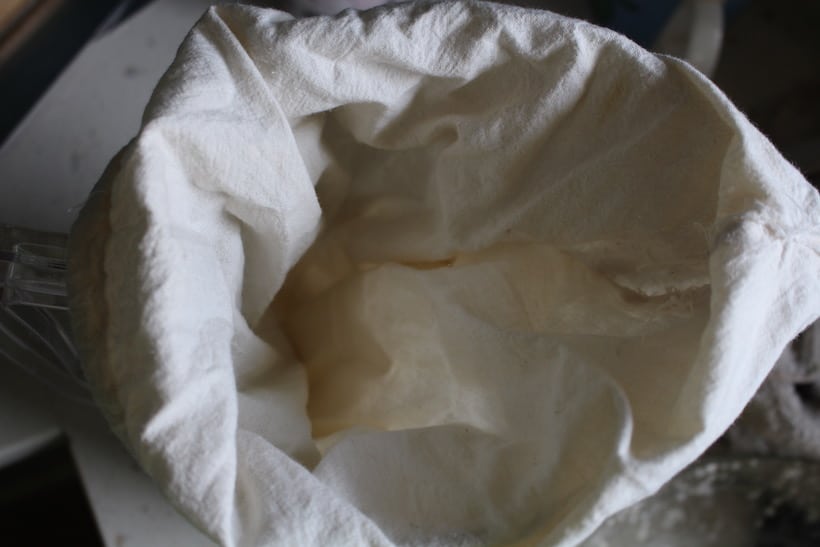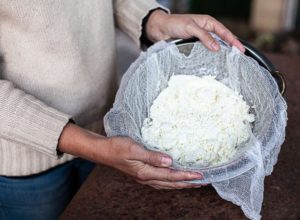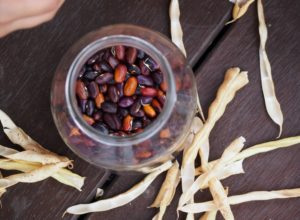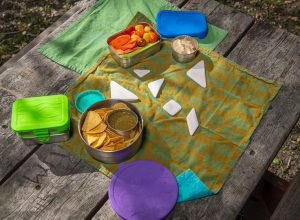You don’t need to be vegan to enjoy the varied flavours and benefits of plant-based milk.
These plant-based milk recipes you can make at home are all super easy to master.
People choose plant-based milks for a variety of reasons. But commercially produced non-dairy milks can come with their own ethical dilemmas.
Making plant-based milk at home gives you greater autonomy over what goes into your milk. Whether it be additives (like sweetners) or the provenance of ingredients, making your own gives you choices. It’s also much cheaper than buying that latest fad vegan milk from the supermarket!
Making your own milk gives you the opportunity to weigh up the various pros and cons to different ingredients in your plant-based milk.
How far do the ingredients have to travel to get to you? How have they been farmed? What impacts do they have on natural habitats and human livelihoods?
Another advantage of making your own is in the reduced transport emissions. The transport of dry goods for making milk is significantly less than transporting packaged, ready to go products. This is because the water content, which makes up the bulk of their weight, is simply not there.
You may notice these milks in their pure, unadulterated state are not as palatable as their commercial counterparts.
That is because if you look at the side of a non-dairy milk carton you will see a lot of additives, from seaweed to sugar. The benefits of being able to control any additives to your plant-based milk is another reason to DIY.
Here are some ideas for additives to your milk that you can easily include at home:
- You can sweeten your milks with honey, vanilla essence, maple syrup, rice syrup or even very finely chopped dates. Dairy milk contains natural sugars (lactose) which plant-based milks lack, meaning to get a flavour and texture profile that mimics dairy, most ready-made products contain some kind of sweetner.
- A pinch of salt will help balance the flavour.
- Lecethin will help keep milk emulsified in the fridge, but is not essential.
How to make plant-based milks
| Milk base | Cups (dry) | Water (final blend) | Pre-soak hours | Notes |
| Sunflower seeds | 1 | 3 | 8 to 12 | Need a long soak/sprout before blending. Has a light, fresh, grassy taste. Good for cooking with; not so great for drinking fresh without sweetener. |
| Oats | 1 | 4 | 0 | Arguably the most environmentally sound base ingredient. Also arguably the most unpalatable. Definitely benefits from additives and mixing with other plant-based milks. |
| Almonds | 1 | 4 | 2 in hot water, 8 in cool | Naturally palatable – needs no additives to taste great. Significant environmental issues with crops from the US, which is where 80% of the world’s almonds are grown. |
| Macadamias | 1 | 3 | 1 to 2 | Expensive, but rich and delicious and an Australian bush food. Also doesn’t require additives. |
| Soy beans | 1 | 3 | 8 to 12 | Need to be cooked before straining (see step 3 below). Unsweetened this tastes undoubtably bean-y. Best for cooking with, unless flavoured with additives. Significant environmental issues with conventionally farmed crops. |
The process for all these milks is pretty much the same:
- Take the dry base ingredient and cover with water and allow to soak for the allotted pre-soak hours (in the case of oat milk, skip this step).
- Drain and rinse base ingredient and place in a blender with additives (if any) and the water amount listed in column 3 (above).
- In the case of soybeans, your blender contents must then be cooked for 20 minutes in a large pot before straining.
- For all other bases you can go straight from the blender to the straining step.
- Put your blender contents into a nut milk bag (or a cheesecloth lined sieve) and squeeze out all the liquid. This is your milk!
Bottle and enjoy!
These milks will all last at least three days i n the fridge. It’s best to give them a good shake before drinking.
Mix and match
If allergens are no barrier, then you can mix and match different milks to create a non-dairy milk that suits your palette. Try mixing the viscosity of oat milk with the richness of almond milk. Or the nutrition of soy with the deliciousness of macadamia milk.
There are also lots of other plant-based ingredients that you can try to make your own vegan milk: sesame, flax or hemp seeds and hazelnuts just to name a few.
What to do with the pulp
All of these processes leave you with fibre-rich pulp which can be added to biscuits, breads, burgers and slices. Yum! You can even freeze pulp for later use, or dehydrate it to store in jars.
Let us know about your favourite plant-based milks in the comments below.

